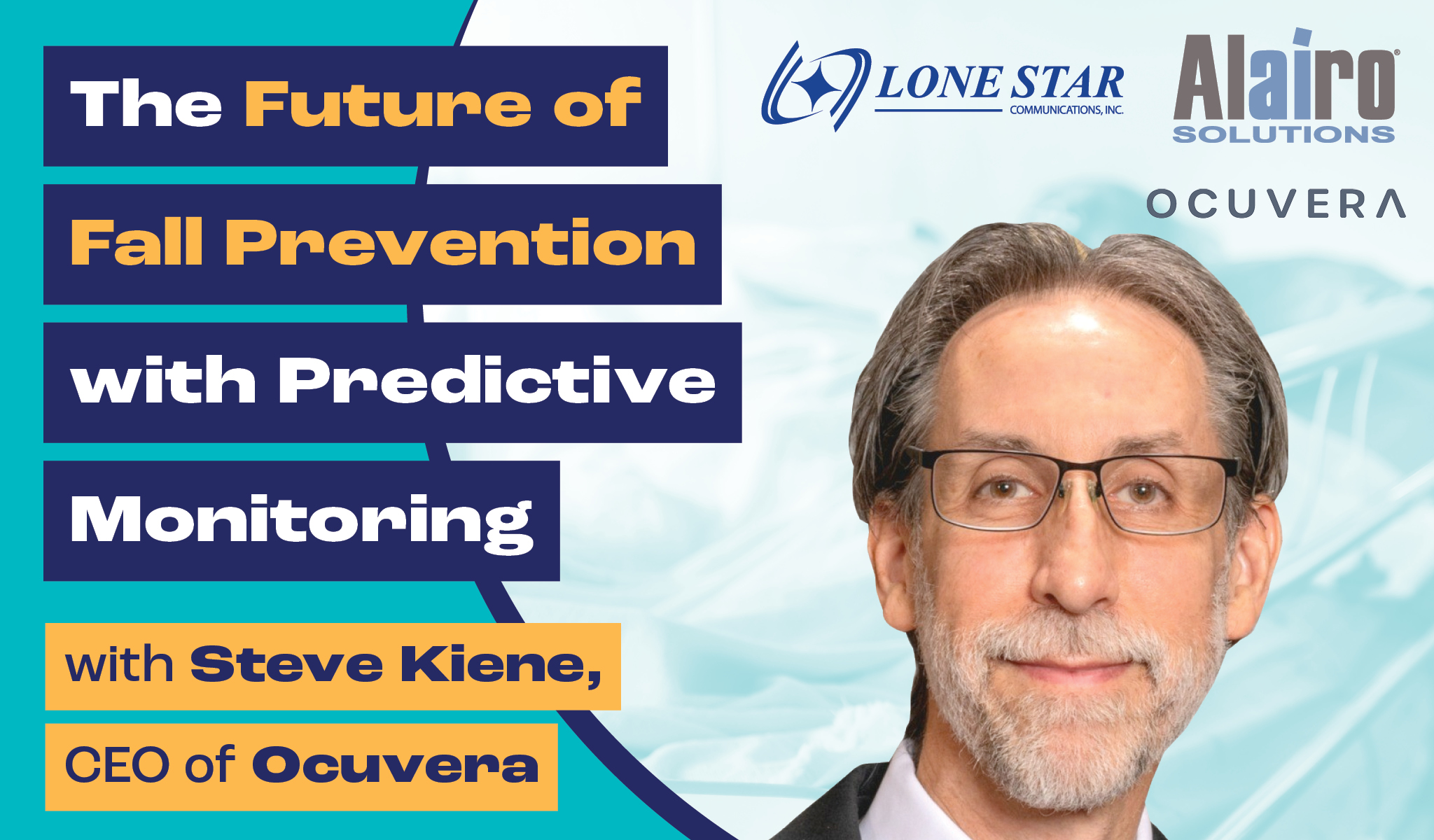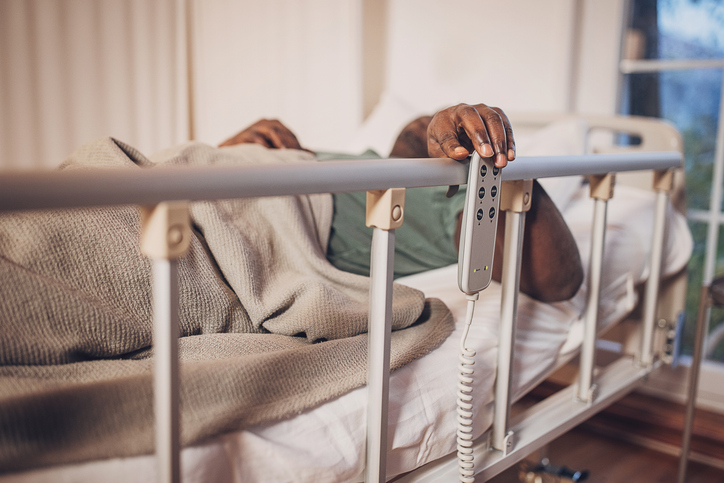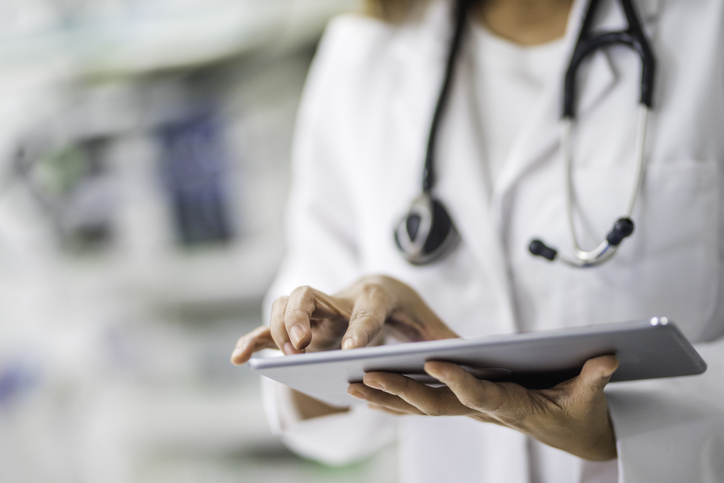
Quick Summary:
- Ocuvera’s AI-enabled technology identifies patient movements that signal a likely unassisted bed exit—helping staff intervene before a fall occurs.
- Successful adoption depends on involving frontline staff early, integrating alerts into existing workflows, and providing ongoing training to build trust and reduce resistance.
- Predictive tech needs more than just hardware, it relies on strong Wi-Fi, integrated nurse call systems, and proper alert routing. A solid infrastructure is key to reliable performance.
- Hospitals using predictive systems have cut unassisted bed exits and saved millions by reducing sitter costs and fall-related penalties—while also boosting staff satisfaction.
In hospitals, every second counts and every fall matters. Patient falls continue to be one of the most preventable yet persistent safety challenges in healthcare. While traditional sensors and alarms have long helped staff respond more quickly to incidents, the next stage is about prevention, not just reaction.
That’s where predictive technology and thoughtful implementation make all the difference—and Steve Kiene, CEO of Ocuvera, knows this firsthand. With a strong background in software, computer vision, and product development, Kiene combines technical expertise with a deep patient-centered approach. Under his leadership, Ocuvera has built the largest proprietary video dataset of patient room behavior, powering an AI-driven system that significantly reduces falls and delivers meaningful results for hospitals, caregivers, and patients alike.
“We’re trying to anticipate a fall before it happens, rather than alerting after the fact,” Kiene explains. He mentions that their system detects the behavior patterns that lead to falls—like a patient shifting toward the edge of the bed—and notifies staff before the patient gets up.

Why Fall Prevention Needs a New Approach
There are over a million hospital falls in the U.S. every year. And despite the existing safety protocols and tools, the rates haven’t meaningfully declined. Traditional solutions like pressure-sensitive bed alarms often trigger too late or too frequently—leading to alarm fatigue and frustration for staff.
Ocuvera’s technology uses depth-sensing cameras and AI to identify when a patient is at risk of getting up unsupervised. The system creates a 3D silhouette—not a video feed—preserving patient privacy, while giving staff real-time insights into behavior.
According to Kiene, this proactive approach has led to significant results. “One by one with our customers, we were able to show them that they were saving 2-3 times what they were paying us,” he says.
The Importance of Workflow Integration
Technology is only as good as its integration into the clinical environment. “We’ve seen hospitals buy the technology, install it, and struggle with adoption,” Kiene points out. He continues to explain the secret to improving the process: involve frontline staff early, make training continuous, and build the alerts into existing workflows.
At Lone Star Communications—and through our sibling company, Alairo Solutions—we’ve seen this firsthand. Successful implementations depend on collaboration between IT, nursing leadership, and clinical staff. From network readiness assessments to nurse call integrations, every step must be aligned to reduce friction and support better care.
Alairo Solutions is actively working with partners like Ocuvera to bring these intelligent solutions to hospitals, helping facilities modernize their fall prevention strategies while supporting safer, more efficient care delivery.

Stronger Infrastructure and Smarter Technology
Fall prevention systems require more than just great AI. They depend on strong, resilient infrastructure. Without reliable wireless coverage, proper alert routing, and integrations with nurse call systems, even the most advanced solutions can fall flat.
That’s why we prioritize a full ecosystem approach—ensuring that every component, from cabling to cloud, is aligned to support real-time decision-making. “It’s knowing when to use it,” Kiene emphasizes. “It’s knowing how to make changes to alarm workflows.”
Beyond safety, predictive fall prevention technology drives measurable returns:
- Fewer falls with injury and associated penalties
- Reduced reliance on 1:1 sitters
- Increased staff satisfaction and retention
- Stronger HCAHPS and quality scores
What’s Next in Predictive Monitoring?
While fall prevention is the immediate focus, the applications for this technology extend well beyond. Ocuvera’s platform, like others in the evolving AI space, can support use cases such as pressure injury prevention, behavioral health monitoring, and even ensuring staff compliance with rounding protocols.
“We have a sense of urgency because the faster we can move, the more people that we can help get back home,” Kiene says. “We’re not trying to prevent that death tomorrow. We’re trying to prevent thousands of deaths in the next decade.”
At Lone Star, Alairo Solutions, and ProMobix, we share that vision. Our mission is to support healthcare systems with solutions that are forward-thinking, clinician-informed, and built to make a meaningful difference.
Interested in learning more about our services? Visit our website, or tune into our episodes on our podcast page or any other podcast streaming service.
Steve Kiene, is the CEO of Ocuvera. With a background spanning software, computer vision, hospital tech, and product development, Steve brings both technical expertise and a patient‑centered perspective. His leadership helped build the largest proprietary video dataset of patient room behavior, enabling Ocuvera’s AI to achieve significant fall reductions, and real outcomes for hospitals, caregivers, and patients.
